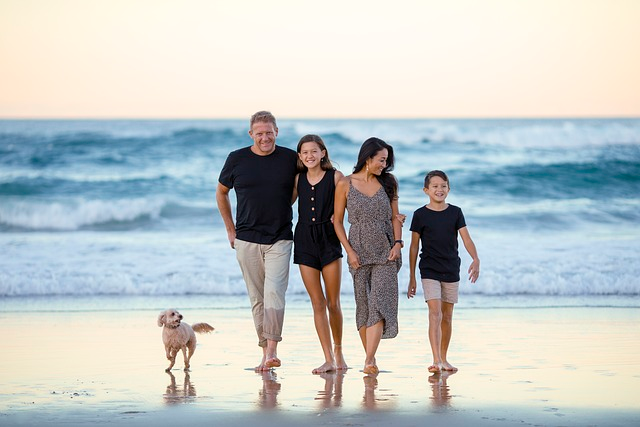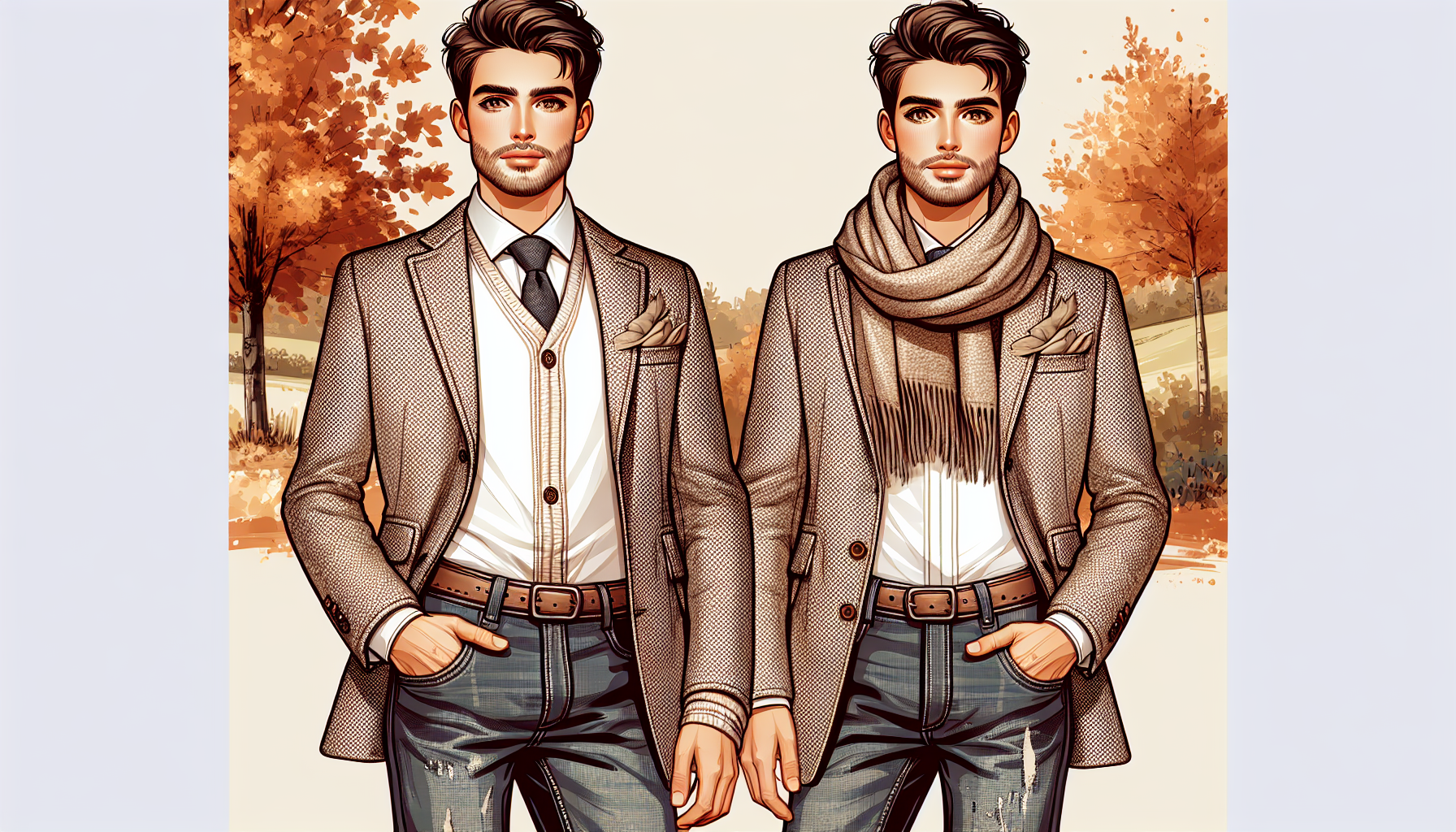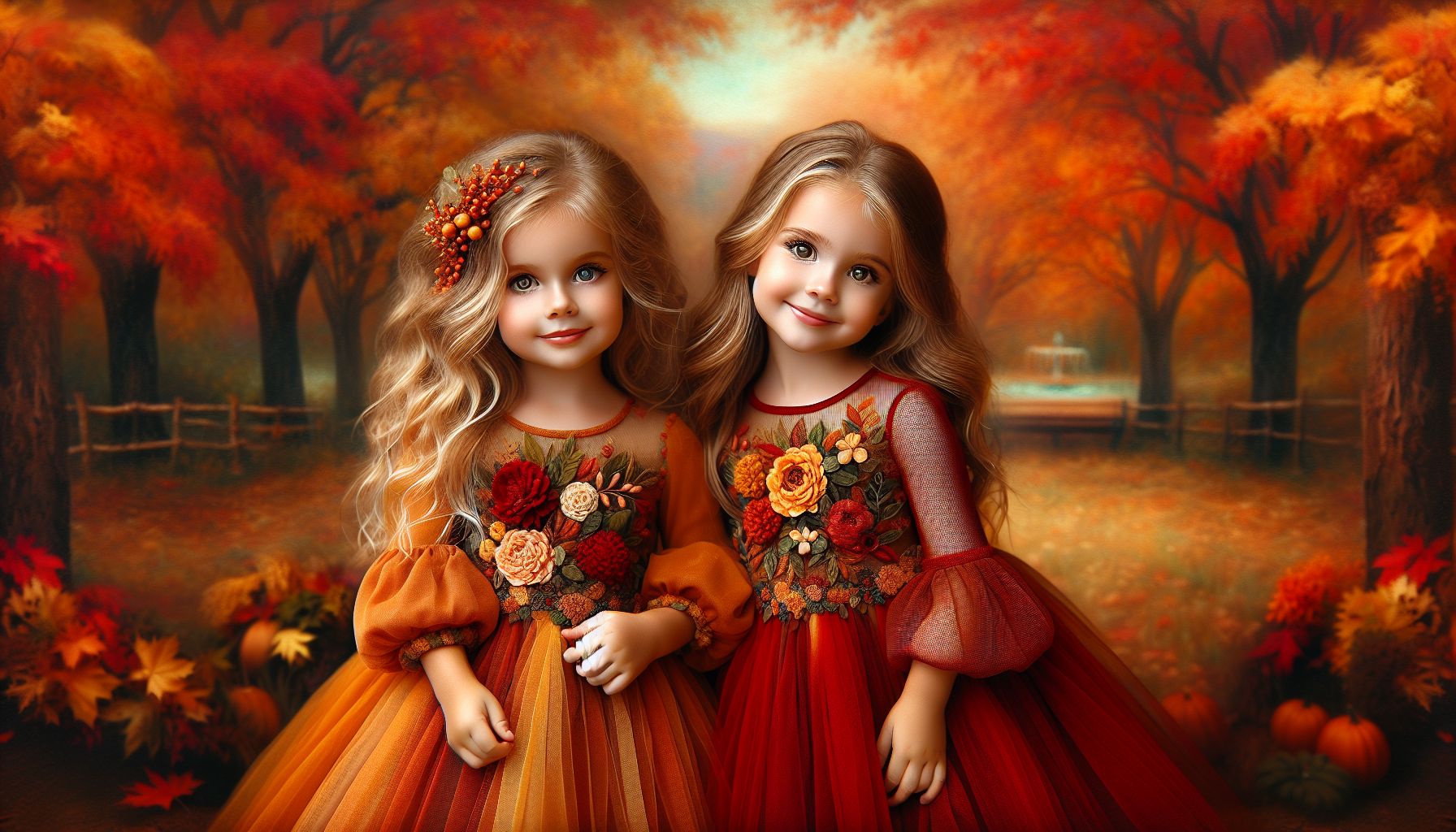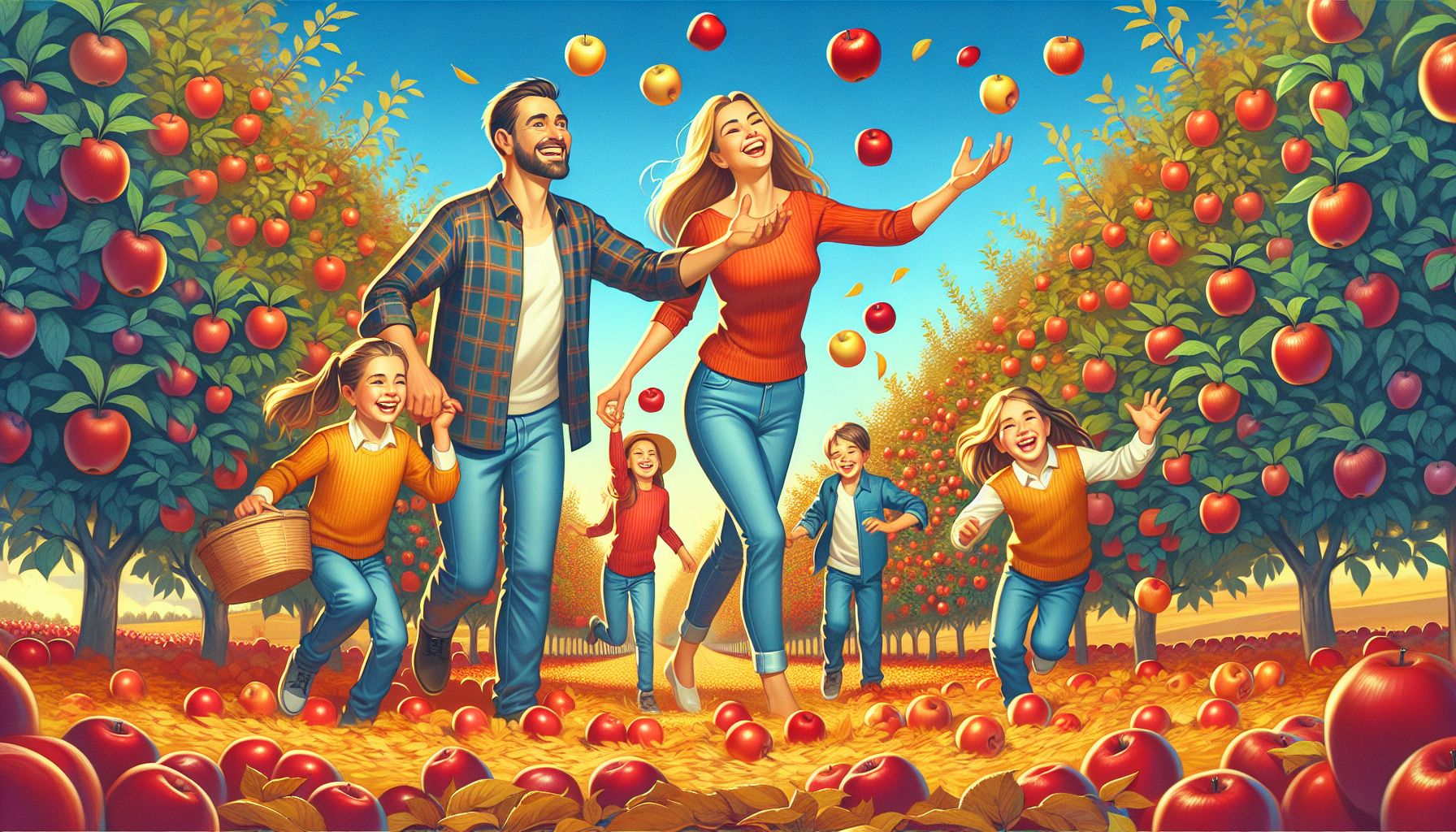Introduction:
I love doing crafts and making things myself, and I’ve found that there are so many things you can do with standard paper size following just a few sheets of paper. In this blog post, I’ll show you how to make a paper bag book, a paper mache bowl, and more. So gather your supplies, and let’s get crafting.
1. Make Your Own Paper Bag Book: A Creative Project with Standard Paper

Are you looking for a fun and eco-friendly way to create a unique book? Look no further than your stack of standard paper. With a bit of folding, gluing, and imagination, you can transform ordinary sheets into a durable and eye-catching “paper bag book.”
What You’ll Need:
- Standard Paper: Letter size (8.5 x 11 inches) or A4 paper works perfectly. You can use plain white, colored, or even patterned paper – it’s up to you.
- Scissors
- Glue Stick or other adhesive
- Decorations: Stickers, markers, paint, etc.
Step-by-Step Instructions:
- Folding: Fold each sheet of paper in half lengthwise (hotdog style). This will create the individual pages of your book.
- Gluing: Apply glue along one long edge of the folded paper. This glued edge will become the spine of your book.
- Stacking: Carefully stack the glued pages on top of each other, aligning the edges. Press the pages together to ensure a strong bond.
- Cover Creation: For a sturdy cover, you can use two pieces of cardstock or thicker paper cut to the same size as your folded pages. Glue these covers to the front and back of the stack.
- Decoration: Now comes the fun part. Let your creativity flow as you decorate the cover and pages of your paper bag book. You can draw, write, add stickers, or use any other materials you like.
Why is a Paper Bag best?
- Environmentally Friendly: This project repurposes standard paper, giving it a new life.
- Customizable: The possibilities are endless. You can make books of different sizes, personalize them with your own artwork, and even create themed books for gifts.
- Durable: The glued spine and potential cardstock covers make this book surprisingly sturdy.
- Fun: This project is a great way to unleash your creativity and make something you can be proud of.
Tips and Ideas:
- Experiment with different types of paper. Try using old magazines, newspaper, or even brown paper bags for a rustic look.
- Add pockets or envelopes to the pages to hold small items.
- Create a “secret book” by using a smaller piece of paper for the cover, so the pages stick out.
- Make a series of mini-books and connect them with string or ribbon to create a unique journal.
Let’s Get Crafting.
Grab your standard paper and start folding, gluing, and decorating. Share your creations on social media and inspire others to make their own paper bag books.
2. Crafting a Personalized Paper Mache Bowl: A Fun Project with Standard Paper

Hey crafters, If you’re looking for a fun and creative project to try, look no further than paper mache. It’s a versatile technique that uses simple materials to make beautiful, one-of-a-kind pieces. Today, I’m going to walk you through how to make a unique paper mache bowl using standard paper sizes.
Why Paper Mache?
- Affordable: Most of the materials you need are probably already around your house.
- Eco-friendly: It’s a great way to upcycle newspapers, magazines, or other paper you’d normally toss.
- Customizable: You can create any size or shape bowl you like, and decorate it to match your style.
Materials You’ll Need:
- Paper: Standard letter-sized paper is perfect (newspaper, printer paper, etc.)
- Glue: White school glue or a mixture of flour and water works well
- Bowl for Molding: Choose a bowl shape you like. It will help you form your paper mache creation.
- Plastic Wrap: To protect your bowl mold
- Paint or Decorations: Optional for adding a personal touch
Step-by-Step Instructions:
- Prepare the Mold: Wrap your chosen bowl tightly with plastic wrap. This will prevent the paper mache from sticking to it.
- Cut the Paper: Tear or cut your paper into strips about 1-2 inches wide.
- Get Gluey. Mix your glue with a little water, or make a paste of flour and water.
- Layer Up: Dip the paper strips into the glue mixture and then place them onto the plastic-wrapped bowl. Overlapping the strips is key to creating a strong bowl. Add several layers of paper, making sure each layer is smooth and well-covered with glue.
- Let it Dry: Allow the bowl to dry completely. This could take 24-48 hours, depending on the thickness and humidity.
- Remove the Mold: Carefully peel the plastic wrap away from your paper mache bowl.
- Decorate. This is where the fun begins. Paint your bowl, add glitter, decoupage with magazine clippings, or anything else that inspires you.
Tips and Tricks:
- Use different colored paper for a cool effect.
- Add a layer of tissue paper for a smoother finish.
- Don’t be afraid to experiment with different shapes and sizes.
Making a paper mache bowl is a rewarding project for all ages. With standard paper and a little creativity, you can create a beautiful and functional piece of art that’s uniquely yours. Have fun crafting.
3. Design a Paper Quilling Art: Your Creative Guide to Rolling and Gluing on Standard Paper Sizes

Paper quilling is a fantastic way to unleash your creativity and transform simple paper strips into stunning works of art. Whether you’re a beginner or have some experience, this guide will walk you through the basics and offer inspiration for your own quilling projects.
What is Paper Quilling?
Paper quilling involves rolling, shaping, and gluing thin strips of paper to create intricate designs. It’s a versatile craft that can be used for greeting cards, wall art, jewelry, and much more. The best part is that you only need a few basic materials to get started.
Materials You’ll Need:
- Quilling Paper: Available in various colors and widths. You can find pre-cut strips or cut your own from standard paper sizes like A4 or letter.
- Slotted Tool: This tool helps you easily roll the paper strips into coils.
- Glue: Use a glue that dries clear and holds well on paper.
- Scissors: For cutting the paper strips.
- Tweezers: Helpful for placing and adjusting small pieces.
Getting Started: Basic Shapes
The foundation of quilling is creating basic shapes:
- Tight Coil: Roll the paper tightly around the tool without letting it loosen.
- Loose Coil: Roll the paper and let it loosen slightly before gluing the end.
- Teardrop: Pinch one end of a loose coil to create a teardrop shape.
- Marquise: Pinch both ends of a loose coil.
- Scroll: Roll one end of the strip tighter than the other.
Designing Your Artwork
Once you’ve mastered the basic shapes, you can combine them to create beautiful designs. Here are some ideas:
- Flowers: Quilling is perfect for creating intricate floral designs. Combine teardrops, marquises, and loose coils to form petals and leaves.
- Animals: Use your imagination to create cute animals like butterflies, birds, or even a quilled pet portrait.
- Abstract Patterns: Play with different shapes and colors to design unique abstract patterns.
Standard Paper Sizes for Quilling
While you can use any type of paper for quilling, standard sizes like A4 or letter size are readily available and easy to work with. You can cut them into the desired width for your quilling strips.
Tips for Success:
- Use a light touch when rolling the paper to avoid creases.
- Experiment with different paper weights and textures.
- Don’t be afraid to make mistakes – quilling is all about creativity and fun.
- Share your creations online or with friends and family.
Paper quilling offers endless possibilities for artistic expression. Grab your materials, roll up your sleeves, and start creating your own paper quilling masterpieces.
4. Make a Paper Pinwheel: A Fun Craft with Standard Paper

Pinwheel is a super fun craft that’s perfect for kids and adults alike: the paper pinwheel. All you need is some standard paper, a few basic supplies, and a little creativity to make a colorful pinwheel that spins in the wind. Let’s get started.
What You’ll Need:
- Paper: Grab a standard sheet of paper (8.5 x 11 inches). You can use colorful construction paper, patterned scrapbook paper, or even plain white paper you decorate yourself.
- Scissors
- Ruler
- Pencil
- Push pin
- Pencil with eraser
Step-by-Step Instructions:
- Cut to Size: If you’re using a standard piece of paper, cut it into a perfect square. The easiest way to do this is to fold one corner of the paper diagonally to meet the opposite edge, then trim off the excess strip.
- Mark and Cut: Use your ruler and pencil to lightly draw lines from each corner to the center of the square. Then, carefully cut along each line, stopping about an inch away from the center.
- Fold and Pin: Bring every other point of the paper into the center. Gently push a pin through all the points and into the eraser end of a pencil. (Ask a grown-up for help if you need it.)
- Spin and Enjoy: Hold your pencil upright and give it a little blow. Your paper pinwheel should start to spin beautifully.
Tips and Tricks:
- Get creative: Experiment with different paper colors, patterns, and sizes.
- Decorate: Use markers, crayons, or stickers to add extra flair to your pinwheel.
- Reinforce: If your pinwheel feels a little flimsy, put a small dot of glue on the center before pushing the pin through.
Pinwheels are a classic craft for a reason. They’re easy to make, fun to play with and make great decorations for parties or outdoor events. Plus, the spinning motion can be really calming to watch.
5. Crafting in 3D: Build Your Own Papercraft World

Have you ever wished you could create your own miniature world? With papercraft, you can. Papercraft is the art of constructing 3D models using paper, scissors, glue, and a bit of patience. The results can be stunning, and the process is surprisingly fun and engaging.
What You’ll Need:
- Templates: You can find countless free templates online for all sorts of models, from simple houses to complex animals or vehicles.
- Paper: Standard paper size (like A4 or US Letter) is usually fine, but you can experiment with heavier cardstock for sturdier models.
- Scissors or Craft Knife: Choose what’s most comfortable for you.
- Glue: A glue stick is a good option for beginners.
- Ruler and Scoring Tool: (Optional) These help create crisp folds.
How to Get Started:
- Choose Your Template: Pick a model that interests you and matches your skill level. Start simple and work your way up.
- Print and Cut: Print your template onto the chosen paper. Carefully cut out all the pieces, following the lines precisely.
- Score and Fold: Use a ruler and scoring tool (or the back of a butter knife) to gently score along the dotted lines. This will make folding easier and neater.
- Assemble: Start gluing the tabs to the corresponding edges. Refer to the template’s instructions if you get stuck.
- Admire Your Creation: Once the glue has dried, stand back and admire your 3D papercraft model.
Tips for Success:
- Take Your Time: Don’t rush. Rushing can lead to mistakes and frustration.
- Be Precise: Accurate cutting and folding are key to a successful model.
- Ask for Help: If you’re struggling, ask a parent, friend, or teacher for assistance.
Why Try Papercraft?
- Creativity: Papercraft lets your imagination run wild. You can even design your own models.
- Problem-Solving Skills: Figuring out how the pieces fit together is a great mental workout.
- Patience and Focus: Papercraft is a relaxing hobby that helps you develop concentration.
Beyond the Basics:
As you get more comfortable with papercraft, try:
- Painting or Decorating Your Models: Add your personal touch with colors and patterns.
- Building More Complex Models: Challenge yourself with intricate designs.
- Creating a Diorama: Combine multiple models to build a scene.
Papercraft is a wonderful way to unleash your creativity and build something amazing with just paper and a few tools. It’s a fun and rewarding hobby for all ages. So, grab some standard paper-size sheets and start your papercraft adventure today.
6. Unveiling the Art of Papercut Silhouettes: Delicate Designs, Intricate Stories

Papercutting, an ancient art form, continues to captivate with its intricate beauty and storytelling potential. Creating a papercut silhouette is a wonderful way to transform a simple sheet of paper (ideally using a standard paper size for ease) into a delicate masterpiece. Whether you’re a seasoned artist or a beginner, this craft offers endless possibilities for creativity and expression.
What is a Papercut Silhouette?
A papercut silhouette is a design cut out of paper, often depicting a profile or a scene with strong contrasts between light and dark. This art form has roots in various cultures around the world, and its timeless appeal lies in the intricate details and the stories it can tell.
Materials You’ll Need:
- Paper: Choose a standard paper size like A4 or letter size to start. Thicker paper, like cardstock, works well for sturdier designs, while thinner paper allows for more intricate cuts.
- Cutting Mat: A self-healing cutting mat protects your work surface and provides a stable base for cutting.
- Craft Knife/Scalpel: A sharp craft knife or scalpel is essential for precise cutting.
- Pencil: Lightly sketch your design on the paper before cutting it.
- Design Template: If you’re new to papercutting, a template can be helpful to guide your cuts.
Creating Your Papercut Silhouette:
- Choose Your Design: Start with a simple design if you’re a beginner. Consider silhouettes of animals, plants, or even your own profile.
- Prepare Your Paper: If using a template, trace or transfer the design onto your paper. If creating a freehand design, sketch it lightly onto the paper.
- Start Cutting: Carefully cut along the lines of your design with your craft knife or scalpel. Remember to move the paper, not the blade, for smoother cuts.
- Intricate Details: For more complex designs, work on smaller sections at a time. Use the tip of your blade for finer details.
- Finishing Touches: Once the cutting is complete, carefully remove any excess paper. You can mount your papercut silhouette on contrasting paper or frame it for display.
Tips and Inspiration:
- Practice: Like any art form, papercutting takes practice. Start with simple designs and gradually increase the complexity.
- Experiment: Play with different paper colors and textures to create unique effects.
- Find Inspiration: Look to nature, art, and your own imagination for design ideas.
- Share Your Creations: Proudly display your papercut silhouettes and share them with others.
Papercut silhouettes offer a beautiful way to express your creativity and tell stories through delicate designs. With a few simple tools and some patience, you can create stunning works of art that capture the imagination and add a touch of elegance to any space. So, grab your paper, your craft knife, and let your imagination soar.
7. Make Awesome Marbled Paper: Easy Art for Any Age.
Have you ever seen a paper with those swirly, colorful designs that look like magic? That’s called marbling. It’s a super cool art technique where you make paint float on water, and then transfer the pattern to paper. It’s easier than it sounds, and the results are totally unique. You can use your marbled paper for all sorts of things, like making cards, wrapping gifts, or even decorating your school projects.
What You’ll Need:
- A shallow tray: A baking dish or even a plastic container works great.
- Standard paper size: Regular printer paper is perfect.
- Water: Just tap water is fine.
- Acrylic paints: Pick your favorite colors.
- A toothpick or skewer: This is for swirling the paint.
- Paper towels: For cleanup.
Let’s Get Marbling.
- Fill your tray: Pour water into your tray until it’s about an inch deep.
- Drip the paint: Squeeze drops of paint onto the water’s surface. You can use a few colors or a whole rainbow.
- Swirl it up: Gently use your toothpick or skewer to swirl the colors together. Make cool patterns like zigzags, circles, or anything you want.
- Lay on the paper: Carefully place a piece of paper on top of the water. Press it down gently to make sure it touches all the paint.
- Lift it off: Slowly peel the paper off the water. You’ll see the amazing marbling pattern you created.
- Let it dry: Lay your paper flat on paper towels to dry.
Tips and Tricks:
- Don’t mix too much: Swirl the colors a little, but not so much that they all blend into one color.
- Experiment: Try different kinds of paper, like construction paper or cardstock.
- Get creative: Use your marbled paper for drawing, origami, or whatever you can imagine.
Marbling is a fun way to learn about how colors interact and to make one-of-a-kind art. Have fun exploring your creativity.
Conclusion:
This guide has explored seven creative ways to use standard paper size in your DIY projects. From crafting paper pinwheels to constructing 3D papercraft models, and venturing into papercut silhouettes, each project offers unique opportunities to express your creativity and bring joy to your space. Whether you’re looking for a fun activity with kids, a relaxing hobby, or a chance to create meaningful handmade gifts, these projects are accessible, affordable, and endlessly customizable. So, grab some standard paper-size sheets and embark on a creative journey that will leave you with beautiful and cherished creations.








